Exenatide acetate CAS 141732-76-5 used as an enteral hypoglycemic agent
Product Name: Exenatide acetate
Synonyms: Exenatide;His-Gly-Gly-Gly-Thr-Phe-Thr-Ser-Asp-Leu-Ser-Lys-Gln-Met-Glu-Glu-Glu-Ala-Val-Arg-Leu-Phe-Ile-Glu-Trp-Leu-Lys-Asn-Gly-Gly-Pro-Ser-Gly-Ala-Pro-Pro-Pro-Ser-NH{2};EXENATIDE ACETATE(EXENDIN-4);His-Gly-Gly-Gly-Thr-Phe-Thr-Ser-Asp-Leu-Ser-Lys-Gln-Met-Glu-Glu-Glu-Ala-Val-Arg-Leu-Phe-Ile-Glu-Trp-Leu-Lys-Asn-Gly-Gly-Pro-Ser-Ser-Gly-Ala-Pro-Pro-Pro-Ser-NH2;Exenatide Acettate;EXENATIDE ACETATE;ENFUVIRTIDE ACETATE;Extendin-4
CAS: 141732-76-5
MF: C186H286N50O62S
MW: 4244.60796
EINECS: 1592732-453-0
Product Categories: Agonist;Bases & Related Reagents;Peptide;Intermediates & Fine Chemicals;Nucleotides;Pharmaceuticals;GLP
Mol File: 141732-76-5.mol
The amino acid sequence of Exenatide Acetate partially overlaps with human GLP-1. Exenatide acetate has been shown to bind to and activate the known human GLP-1 receptor in vitro. This means that by including cAMP (cyclic adenosine monophosphate) or other intracellular signaling mechanisms, glucose-dependent insu lin synthesis and insu lin secretion by pancreatic β cells in the body are increased.
Function and Application of Exenatide acetate CAS 141732-76-5
Application of exenatide acetate causes an increase in acinar cAMP without stimulating amylase release. As an incretin mimetic, exenatide acetate acts as agonist of the glucagon-like peptide-1 (GLP-1) receptor. As GLP-1, though with prolonged activity, exenatide acetate augments the postprandial production of insulin and suppresses secretion of glucagon. For this reason, exenatide acetate has found use as a medication of diabetes II.
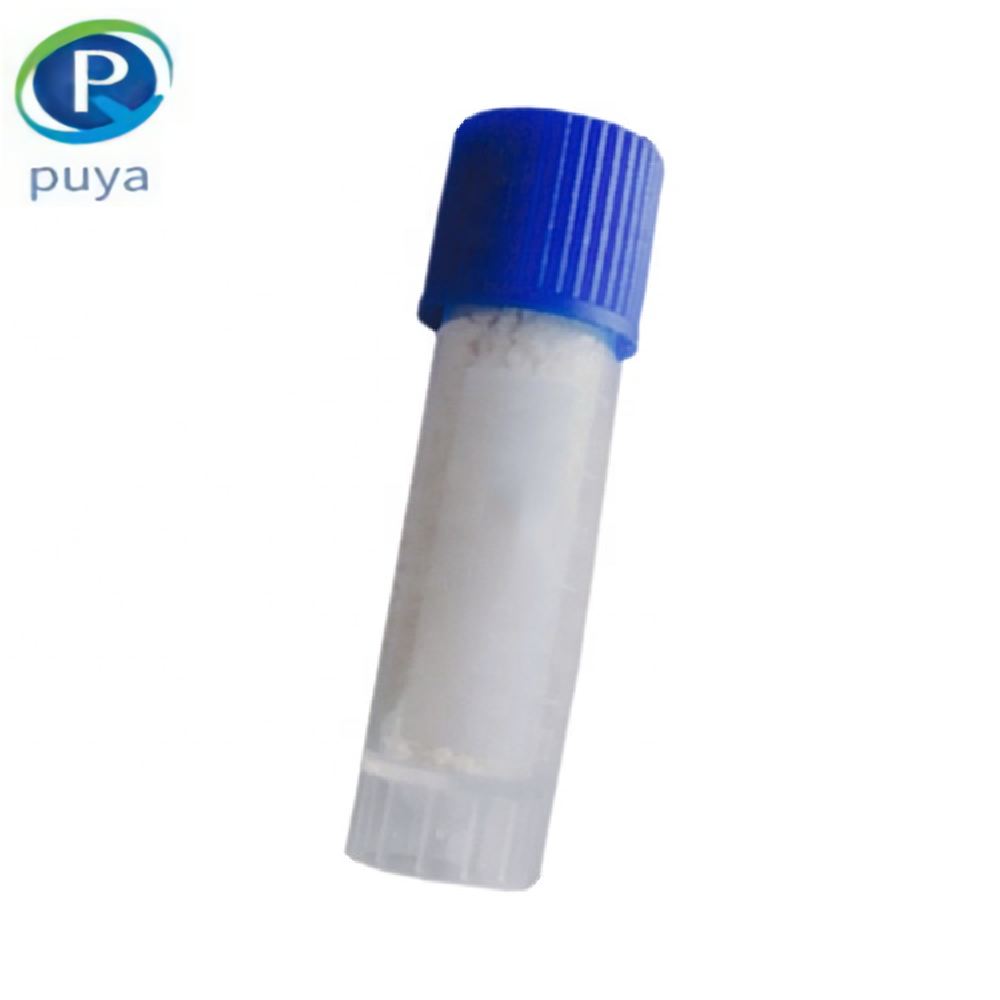
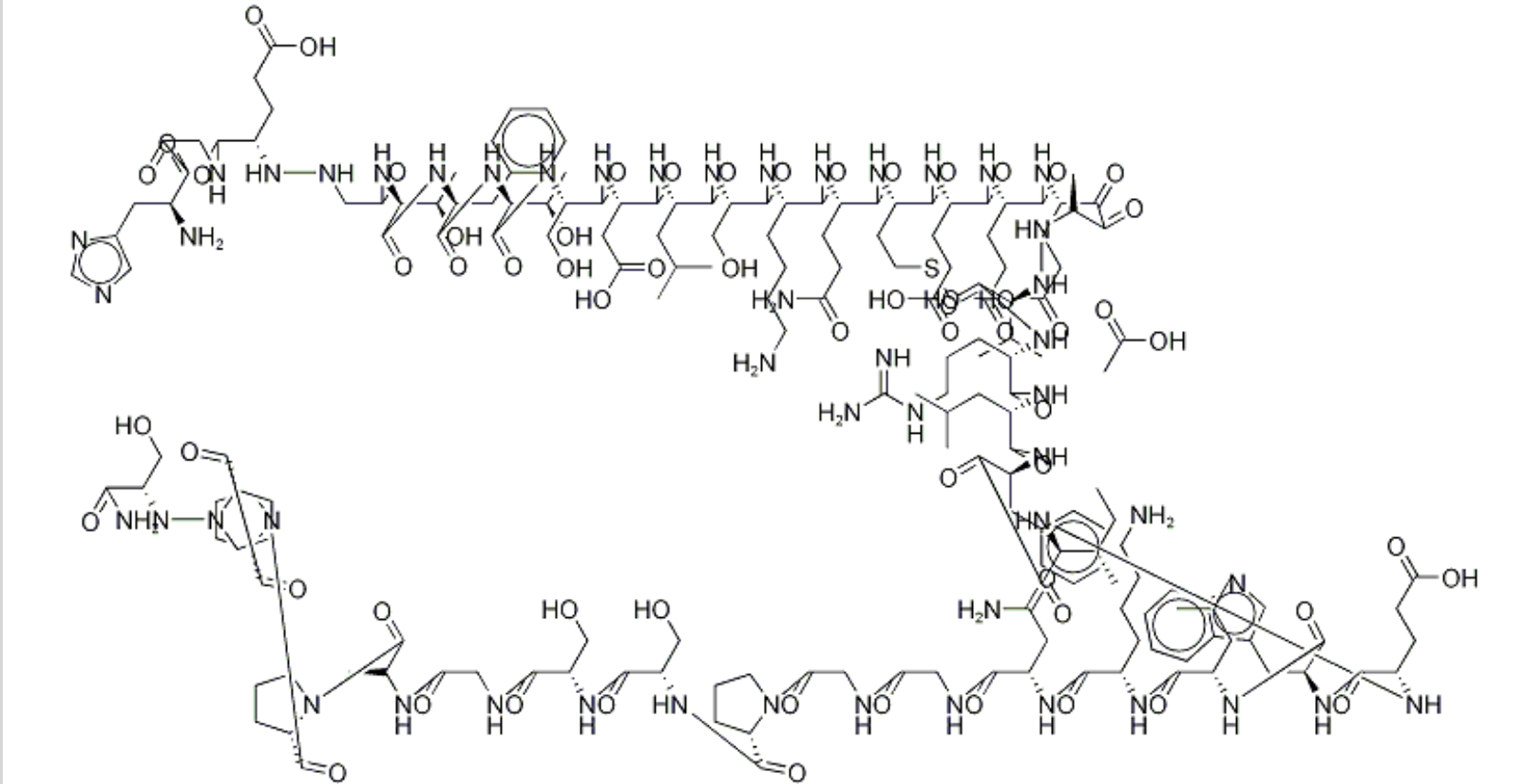
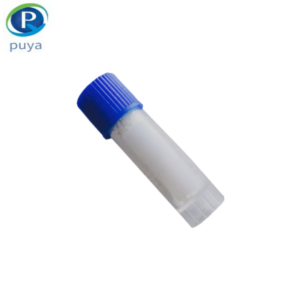
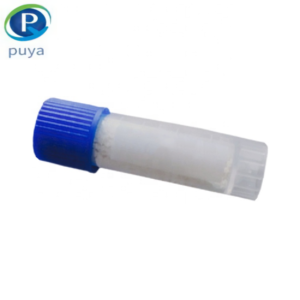
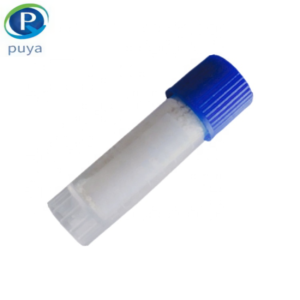

Reviews
There are no reviews yet.